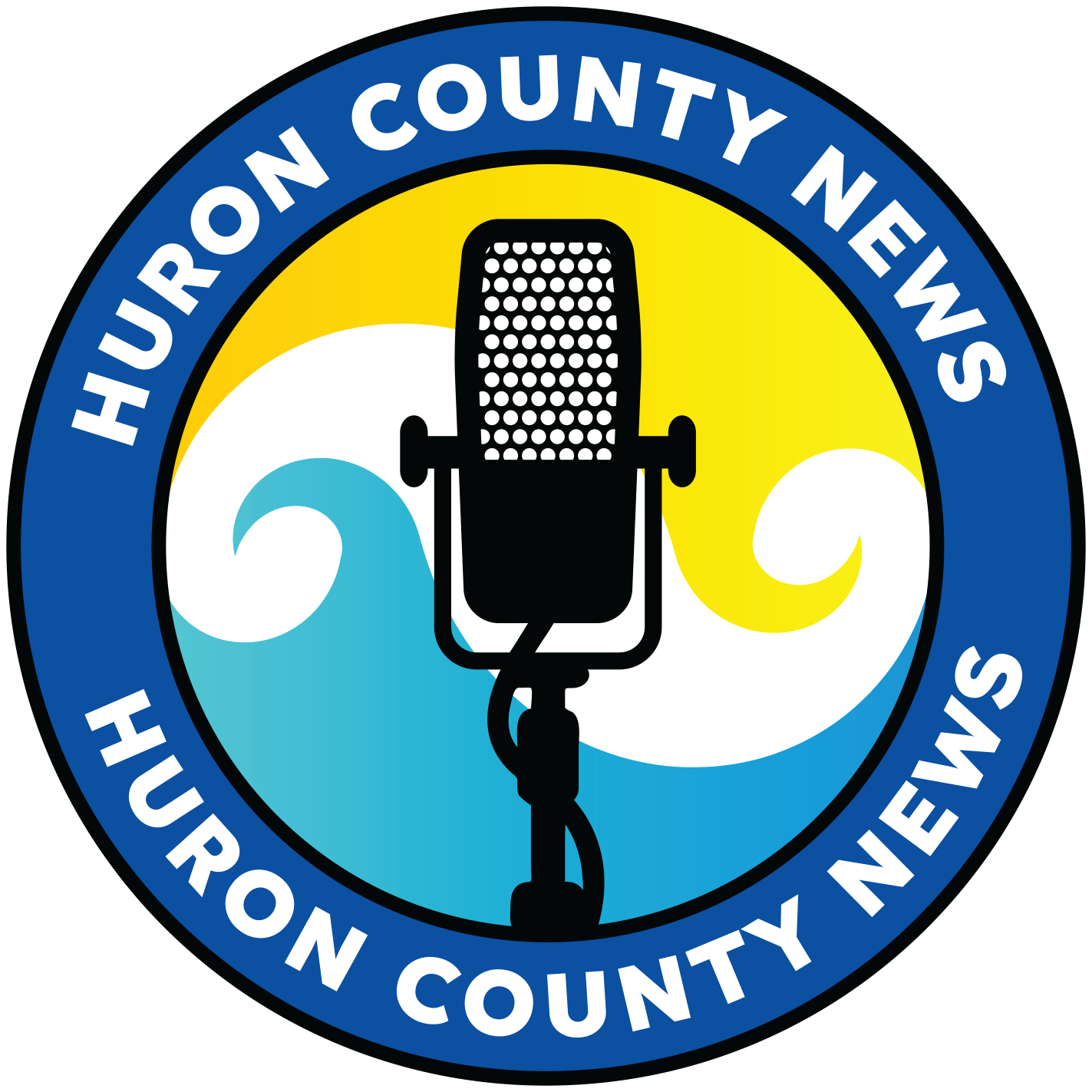Coastie Citizen Science Program Launches New Program That Focuses on Great Lakes Shoreline
by Bob Montgomery
Chris Houser is a Dean of Science and an Earth and Environmental Sciences Professor at the University of Waterloo.
His presentation to Bluewater council at a recent meeting was about the Coastie Citizen Science Program, which he started in 2021 with Parks Canada. It involves coastal monitoring by park users or citizen scientists in national parks. That program is specifically focused on the Maritimes and a few spots in the Great Lakes. Their more recent venture is a similar program partnering with municipalities, conservation authorities and private owners. The new program is called Coastreach and it is focused on the shoreline around the Great Lakes.
Houser says the conditions around the Great Lakes are very diverse and so at some locations they’re focused more on bluffs, but with others the focus could be more on the beaches, depending on what might be the greatest need in any area. But he says there is so much happening on the shorelines around the Great Lakes that they don't have the staff to monitor everything they would like to. So they're recruiting people who live in the area around the Great Lakes to send them pictures of what they see along their shoreline. They just started this year but some of the most dramatic photos they have are of the storms that have hit the tip of Point Pelee and how much sand has been lost, and then how beaches start to recover. They're hoping to get a better understanding of the cycle of beaches loosing sand and then recovering it and then loosing it again.
Houser says one thing they know is that cycle is going to get more dramatic. Over the years the presence of lake ice has been decreasing, which results in us seeing stronger winter storms and bigger waves, so the shorelines are under increasing pressure and that's likely going to lead to more bluff failure and probably more sand for some of the beaches. Houser says when you consider climate change, the high water level we've seen over the last few years and the shoreline development like groins and break walls, the system is going through an unprecedented change.
Houser says they get the pictures by setting up stands at various points in a park or a conservation area or along a shoreline and anyone who walks by the stand can put their phone into it and, following the instructions on the side of the stand, takes a photograph and using a QR code, can upload the photograph to their site. So it's all done by volunteers but they are going to be working with local organizations to make sure they do get the activity they need, particularly during the winter when there aren't as many people going out for walks. He says the municipalities involved in the program also have access to the photographs without charge.
Volunteers can get involved by emailing Chris Houser at chouser@uwaterloo.ca.
Point Pelee

